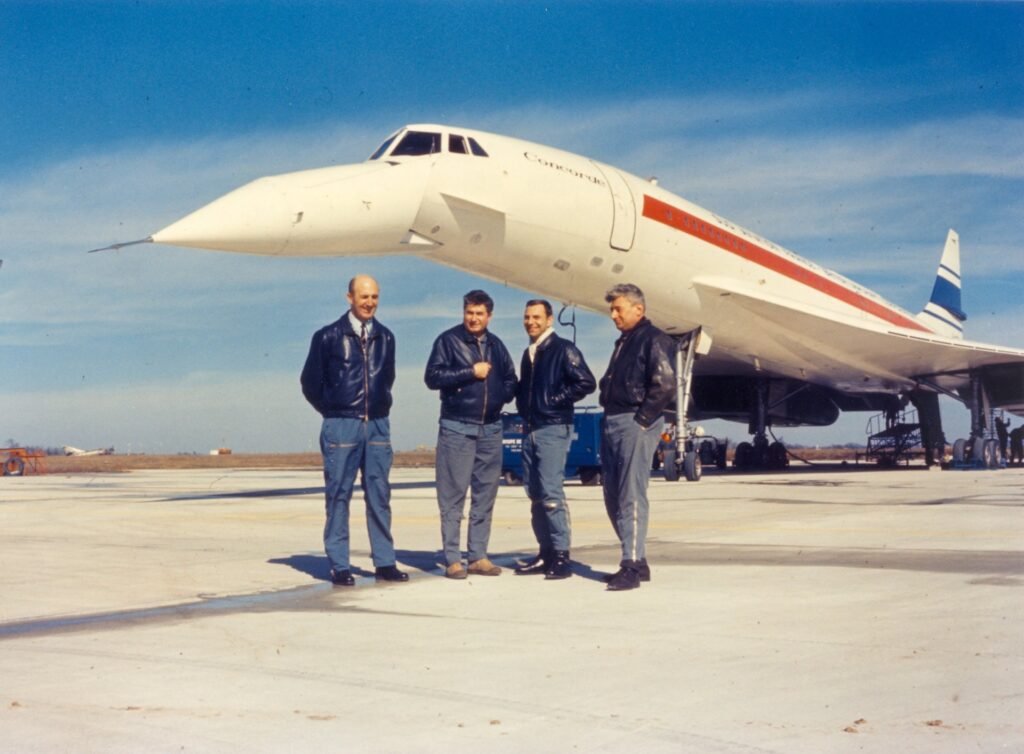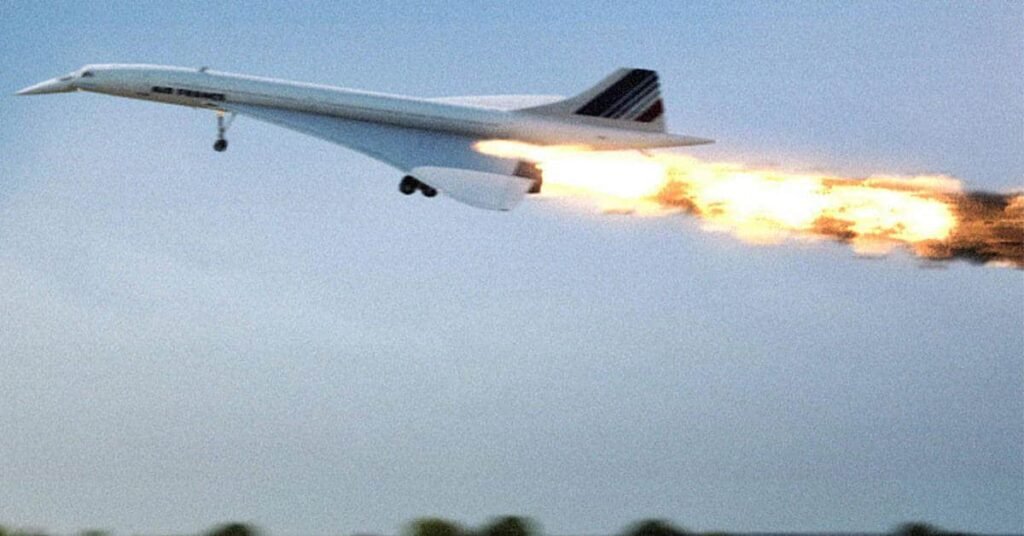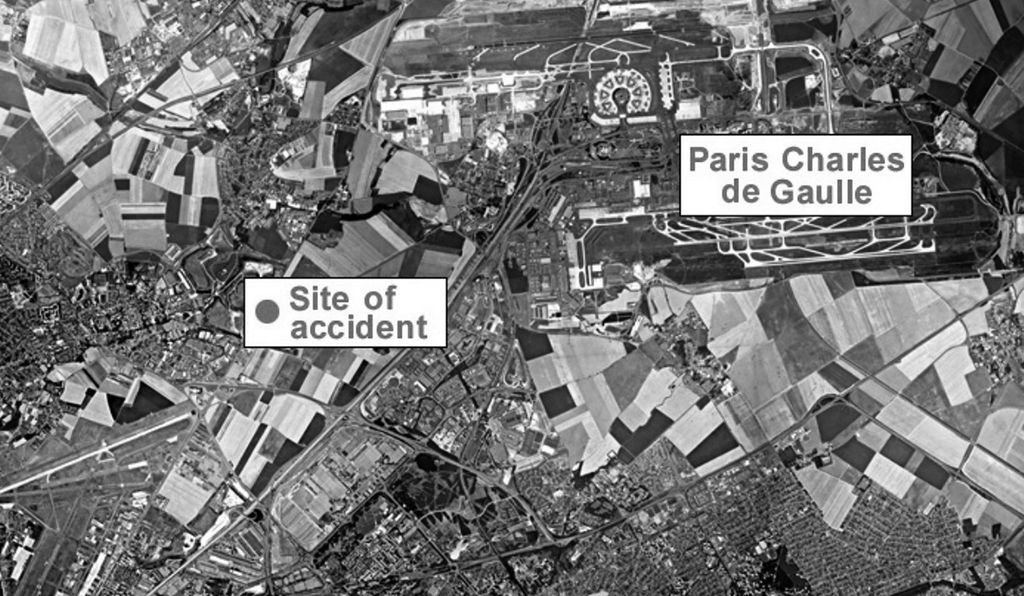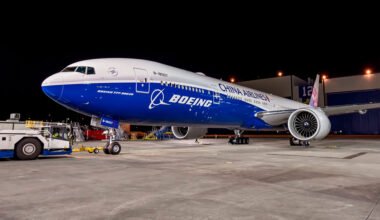The Majestic “Concorde”

Concorde was the first supersonic passenger-carrying commercial aircraft, also known as the (Supersonic Transport, SST). The plane was built by a joint collaboration between Great Britain and France. The Concorde made its first transatlantic crossing on September 26, 1973.
Read More: Airbus – A Name To Reckon With
Formal Entry to Service
The world’s first scheduled supersonic passenger service was conducted on January 21, 1976. British Airways initially flew the aircraft from London to Bahrain. Air France flew it from Paris to Rio de Janeiro. The flights to Washington, D.C. started in May 1976 whereas, New York became its destination in November 1977. Only 14 of the aircraft actually went into service.

Read more: The Day Concorde Flew Into History Books
Brief Description of the Occurrence
On 25 July 2000, Air France Flight 4590 was a scheduled international charter flight from Charles de Gaulle Airport, Paris, to John. Kennedy International Airport, New York. The flight was chartered by a German company Peter Deilmann Cruises, and the passengers were on their way to board the cruise ship MS Deutschland in New York City for a 16-day cruise to Manta, Ecuador. Due to some minor technical problem, the flight got delayed. The aircraft finally took off at At 16:44:31 local time (UTC 14:44:31). During the high-speed take-off run, the left tire of the aircraft blew away. The debris of the tire hit the underside of the left wing and went into the landing gear bay.

The Investigation
The purpose of an aircraft investigation is to reduce the probability of a recurrence in the future. The lessons learned after an investigation are the guiding principles for safe operations in the future. It is, therefore, very important to learn from the mistakes, and accordingly improve the safety standards.
The Pivotal Point of the Investigation
All occurrences are the result of a chain of events. There is always a point of initiation in an accident and the rest follows. A similar chain of events occurred during the unfortunate crash of Air France Flight 4590. The first event in the entire chain of events; starting from take off till the point of impact, was a dislodged metallic strip from a thrust reverser.

Salient Details of the Investigation
During the investigation conducted by the Bureau of Inquiry and Analysis for Civil Aviation Safety (BEA), France, the primary cause of the occurrence was attributed to a Titanium metallic strip that had fallen from one of the engine cowlings of a Continental Airlines Mcdonnell Douglas DC-10 aircraft. Continental Airlines was the last flight that took off from Runway 16L prior to Flight 4590. The metallic strip was still lying on the runway while Concorde made its take-off run.

Chain of Events
The sharp metal strip made mincemeat of the rubber, which was under considerable strain supporting the full weight of the notoriously heavy Concorde and its massive fuel supply, distributed across 17 tanks. A large chunk of tread from the blown-out tire hit the underside of the plane’s left wing. As a result, a shockwave was generated that propagated through the fuel in one of the primary tanks. As a result, the pressure inside the tank reached an extremely high value. The tank got ruptured. The ruptured tank caused a gush of fuel to flow out of the left wing.
Investigators later concluded that a spark that likely triggered by stray wheel fragments contacting a brake fan, had ignited the gushing fuel. To make matters worse, the wheel rupture jammed the landing gear, rendering it impossible to retract the wheels for liftoff. The aircraft had already passed the V1 velocity therefore, the aircrew had no choice but to continue the takeoff.
Sparks produced by the broken wiring ignited fuel from the ruptured fuel tank and along with the fire, came a reduction of thrust from both Engine 1 and 2. With two out of four engines gone, the lack of available thrust and high drag caused by the inability to retract the gear, along with fire damage to the flight controls, made it impossible for the aircrew to control the aircraft.
Last Few Seconds to Disaster
Desperately attempting to maintain control of the aircraft as it hurtled in the general direction of another nearby airport at a very low altitude (some 200 feet), the pilot realized that he had very slim chances of survival. The aircraft ultimately crashed and landed on an almost vacant hotel in the town of Gonesse, France. There was a huge ball of fire coupled with a loud explosion. The inferno of the accident spared nobody on board. Four hotel workers who were on skeleton crew duty were also killed; bringing the overall death toll to 113.

Analysis
There are some very important aspects of learning in this investigation.
- Foreign Object Damage (FOD) is a terminology used in aviation to refer to occurrences (major or minor) where something not related to, as an aircraft part, damages the aircraft structure or engine. This accident is a sheer case of FOD. It also reflects the safety practices followed at the airports during that frame of time. It also suggests a neglected area of flight safety. Nowadays, with the improvement in aviation safety standards, the frequency of runway scanning and cleaning has become very frequent and prompt. The important lesson to learn here is that even a small metallic strip of hardly (17.1 in) long, (1.1 to 1.3) in wide, and (0.055 in) thick, took the lives of 113 innocent souls in just a matter of few minutes. FOD should be considered a serious menace to an aviation environment. It is because of this reason, there is repeated emphasis on FOD by the respective flight safety departments of the airlines and airports, for all the personnel associated with aviation operations (Commercial or Military).
- The post-accident investigation also revealed that Concorde had experienced near-miss tire failures on dozens of occasions prior to the 2000 accident, yet Air France had taken next to no steps to beef up the Concorde’s landing gear or protect its delicate delta wings from high-velocity shrapnel.
- This particular fact also suggests that airlines must listen to the investigators and engineers when they highlight any anomaly that may pose a danger to flight safety. Unfortunately, airlines sometimes overlook vital, objective information about mechanical and maintenance problems, when it becomes too costly to address them. The results are catastrophic!
FEATURED IMAGE CREDITS: Britannica
Written by guest writer, Faisal Bashir


